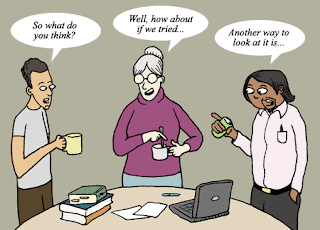I decided to scan my immediate environment here in Victoria Island (V.I), Lagos for any lessons worth learning on efficient service delivery and its impact.
The local council after prolonged abandonment of a road stretch on about 2KM somewhere in V.I finally decided to construct drainage and lay asphalt in a move to repair the stretch. From the initial work done, it seemed they had done a proper assessment and found the root cause to the incessant degradation of the road over the years -usually soon after major rehabilitations. After one year of man hours, capital, and scarce resources, the job was declared completed. Unfortunately the unexpected happened, right in November a defiant rain poured; asphalt washed away, drainage collapsed, manholes got filled up and the entire stretch was not motor-able. Typically, the contract was re-awarded as usual to a expatriate constructions firm that spent another year to do a very thorough job. Drainage reconstructed and covered up appropriately, road tiles well laid, inter-drainage connector and underground reinforcement properly fixed.
What that has happened in the spate of two and a half year which was used to construct 2 KM stretch is nothing short of:
1. Millions of dollars wasted from tax payers funds on the entire first project
2. 2 and a half years inconvenience to road users (customers)
3. Lost revenue on other projects that could not be serviced due to the engagement of reources of the first project.
The real cost of this avoidable mess is hardly quantifiable.
I guess doing it right the firt time (part of te seven habits of highly effective people) is actually about 60% cheaper than not.
Thanks for reading ( pls leave a comment)
Your friend.
Titus









